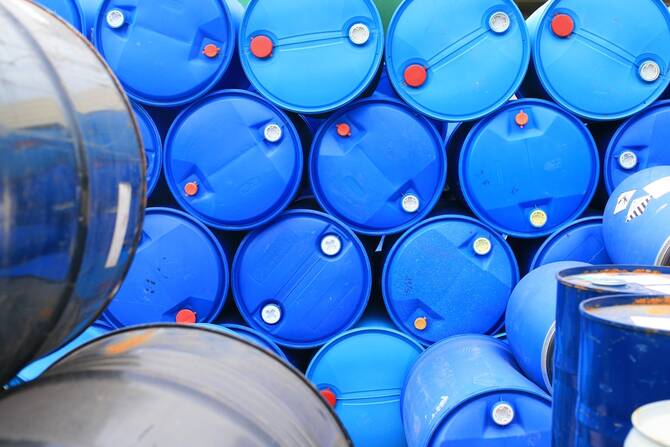Crude oil prices capped a fifth week of gains without the volatility that characterized much of April when prices plummeted.
Brent crude rose to $35.33 per barrel as WTI advanced to $35.49.
The spread between Brent and WTI has also been narrowing over the last three weeks, closing last week at $1.87 per barrel. But this week closed at nearly parity.
This may point to speculators overextending in WTI Nymex futures.
While WTI crude registered its highest ever month-to-month movement, it remains about 94 percent below its level at the start of the year. And the current price is still not high enough to encourage upstream capital spending that would help to lift production.
OPEC+ producers gave the market a confidence boost by following through on commitments to crude oil output supplies cuts.
US-China trade tensions, while certainly back in full swing, did not significantly affect price movements over the week.
The average Brent price rose to $28 per barrel in May from $18 per barrel in so-called “Black April,” which was the strongest monthly gain in prices in 21 years.
The rebound came as countries started to reopen after coronavirus-related lockdowns.
However, prices are moving in a narrow range consistent with the gradual pace of the global recovery. This is what the oil market needs.
The US Energy Information Administration reported a huge jump in the weekly crude oil inventory by 8 million barrels, which is the largest inventory build in four weeks. That brought the overall inventory up to to 535 million barrels, which while significant, did not affect oil prices.
Baker Hughes reported the ninth consecutive week for oil and gas rig declines in the US. They fell to to 301 — 683 lower than this time last year.






















